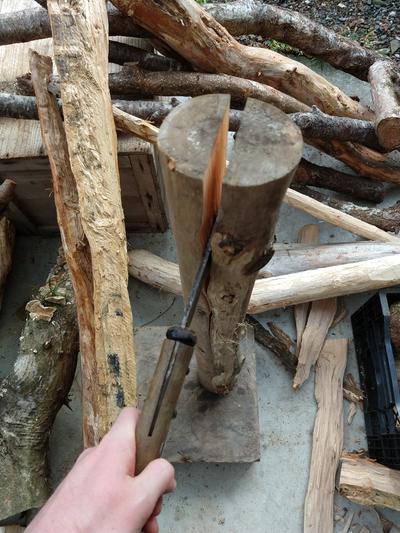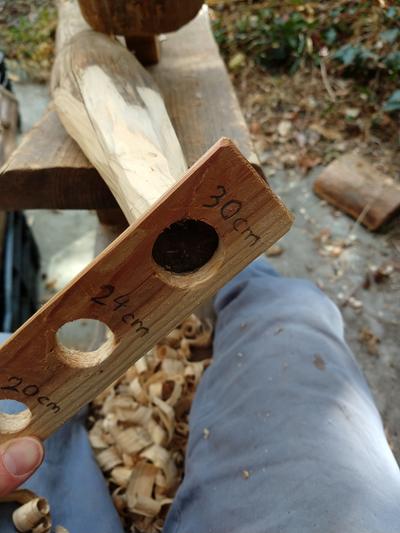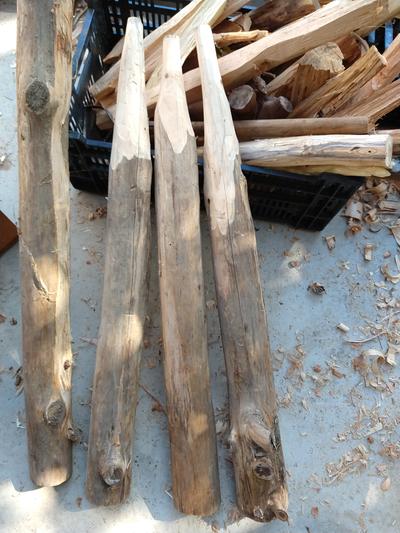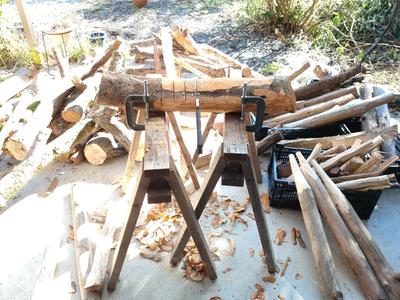

 6
6




 1
1





I make a Maple Syrup instructional movie! Check it out HERE
SKIP books, get 'em while they're hot!!! Skills to Inherit Property
See me in a movie building a massive wood staircase:Low Tech Lab Movie




Nails are sold by the pound, that makes sense.
Soluna Garden Farm -- Flower CSA -- plants, and cut flowers at our farm.
 2
2





I make a Maple Syrup instructional movie! Check it out HERE
SKIP books, get 'em while they're hot!!! Skills to Inherit Property
See me in a movie building a massive wood staircase:Low Tech Lab Movie








 1
1












 1
1












 2
2













 4
4












 1
1




I make a Maple Syrup instructional movie! Check it out HERE
SKIP books, get 'em while they're hot!!! Skills to Inherit Property
See me in a movie building a massive wood staircase:Low Tech Lab Movie
 3
3




L. Johnson wrote:This is close to the desired result.
Cargo bikes are cool








 1
1




Mike Haasl wrote:Great tips L!
Looking at your second to last picture, I can see that if building the dumbhead design, having it wide enough to hold a bigger leg/peg is important. Looks like yours is barely holding on.








 1
1




Edward Norton wrote:
L. Johnson wrote:This is close to the desired result.
I love what you are doing. I'm finding it really hard to get my hands on green wood. My wife has a cousin in Conneticut who has some trees that need clearing, so I hope we can get up to see them in a couple of months and then I can get the materials I need.
I was watching the Shrink Pot BB intro and like the bench he uses. For a quick look, here's a link to 10 minutes in when he braces the log he's working on.
What attracted me to this bench is the fact it's being used by a craftsman and it's one of the tools that he makes a living from. It looks similar to the design you found.








 4
4















 1
1






 1
1




I make a Maple Syrup instructional movie! Check it out HERE
SKIP books, get 'em while they're hot!!! Skills to Inherit Property
See me in a movie building a massive wood staircase:Low Tech Lab Movie








 3
3







|
He puts the "turd" in "saturday". Speaking of which, have you smelled this tiny ad?
Homestead Pigs Course
https://permies.com/wiki/365748/Homestead-Pigs
|









